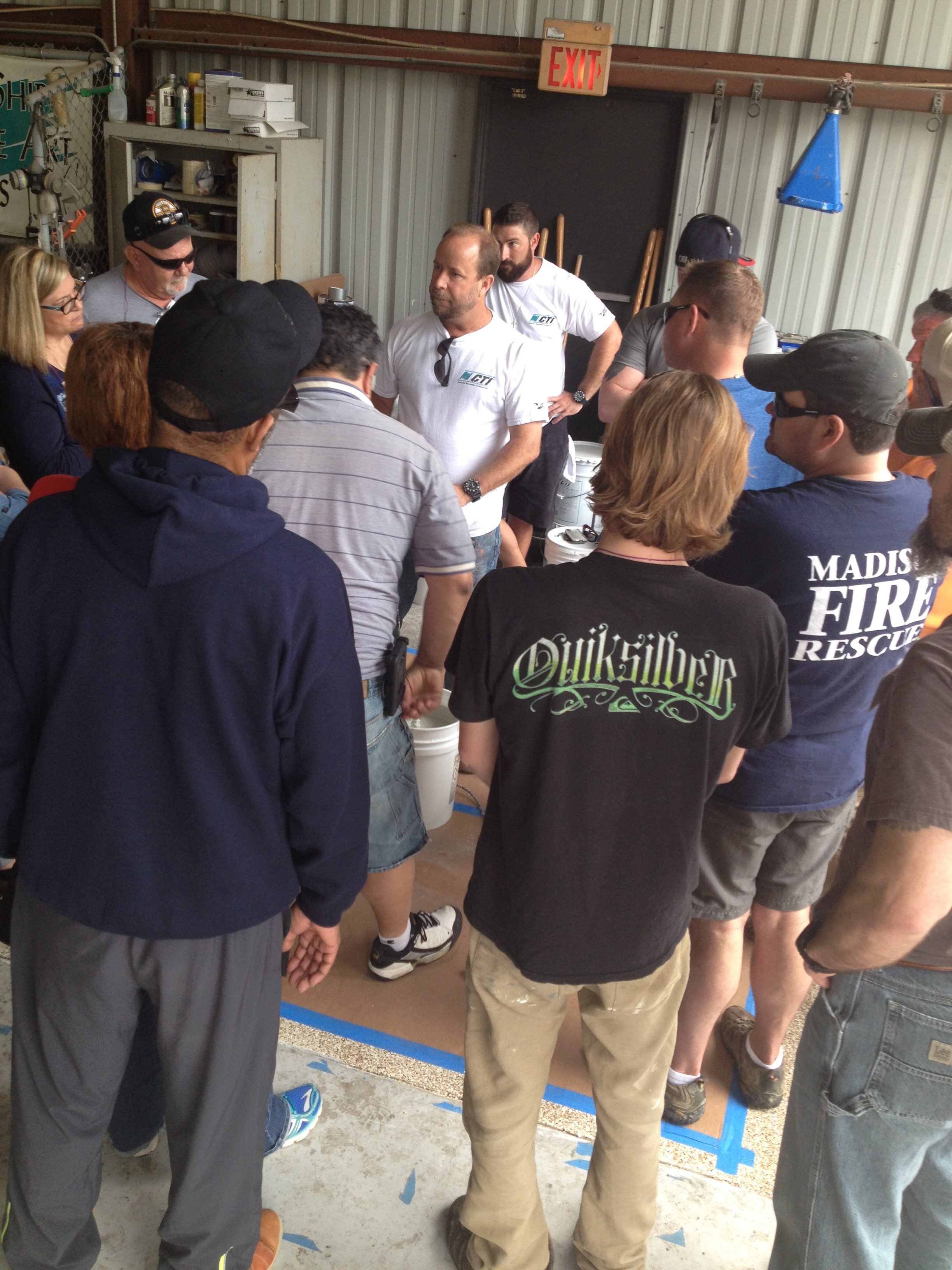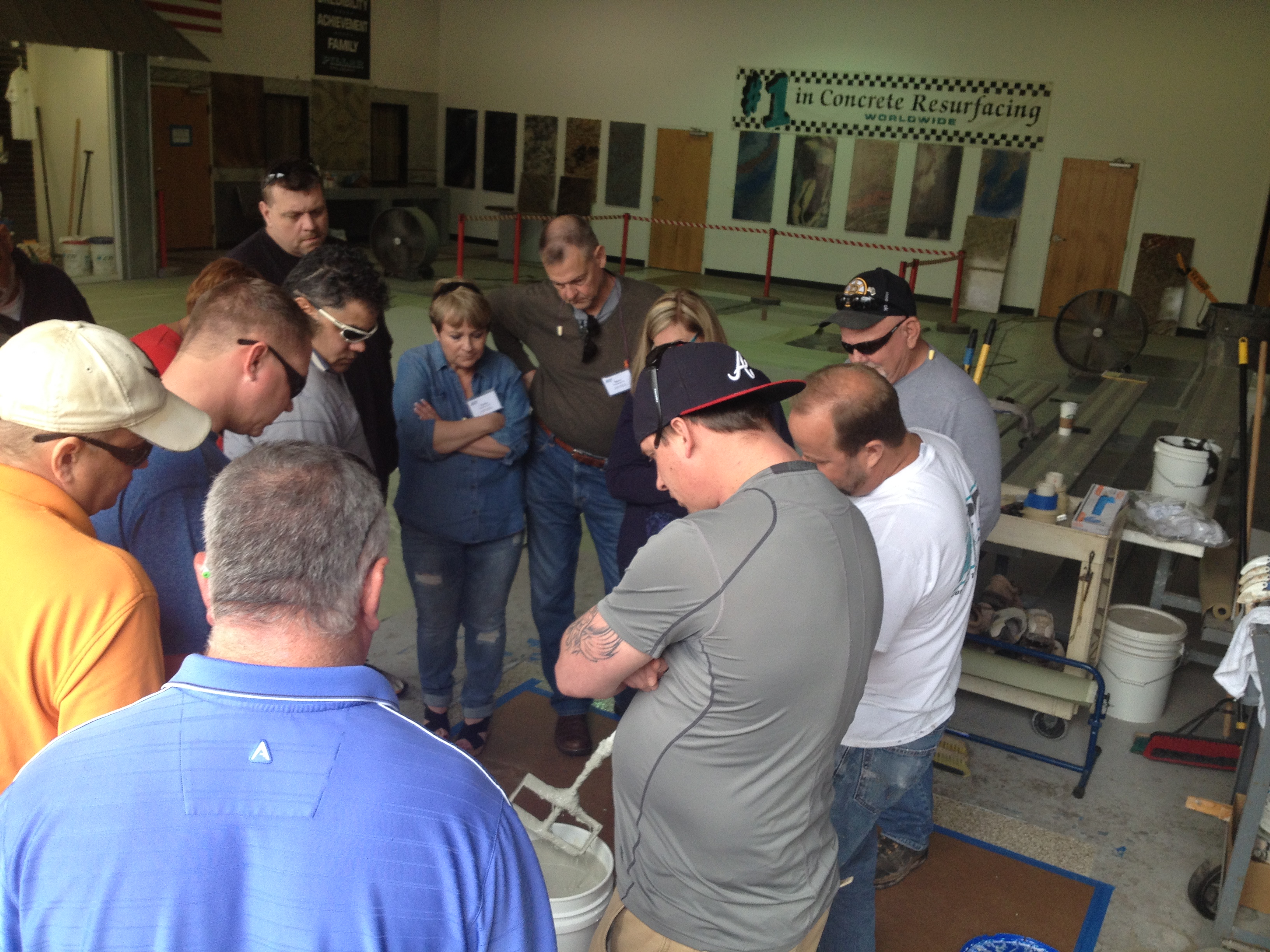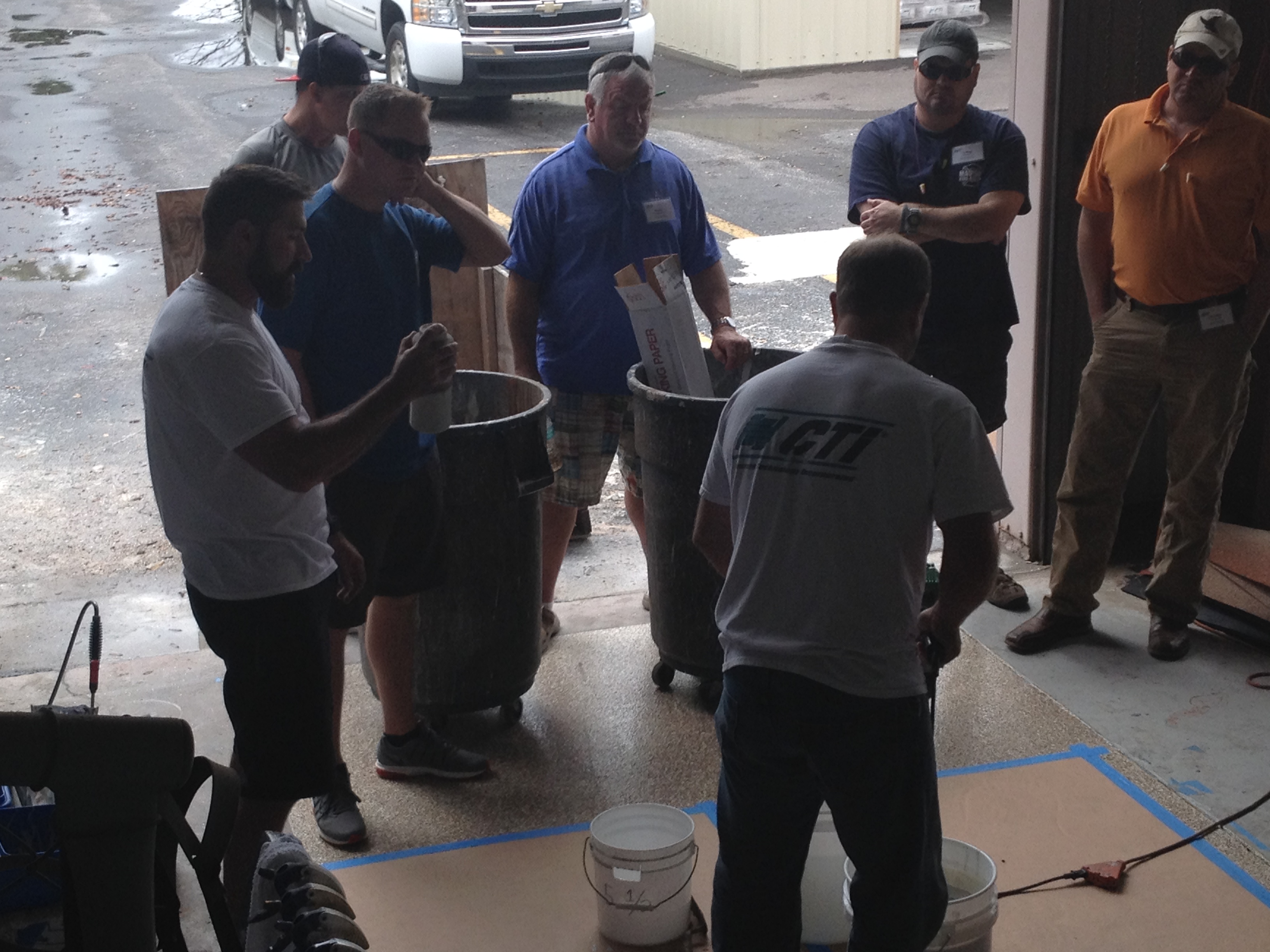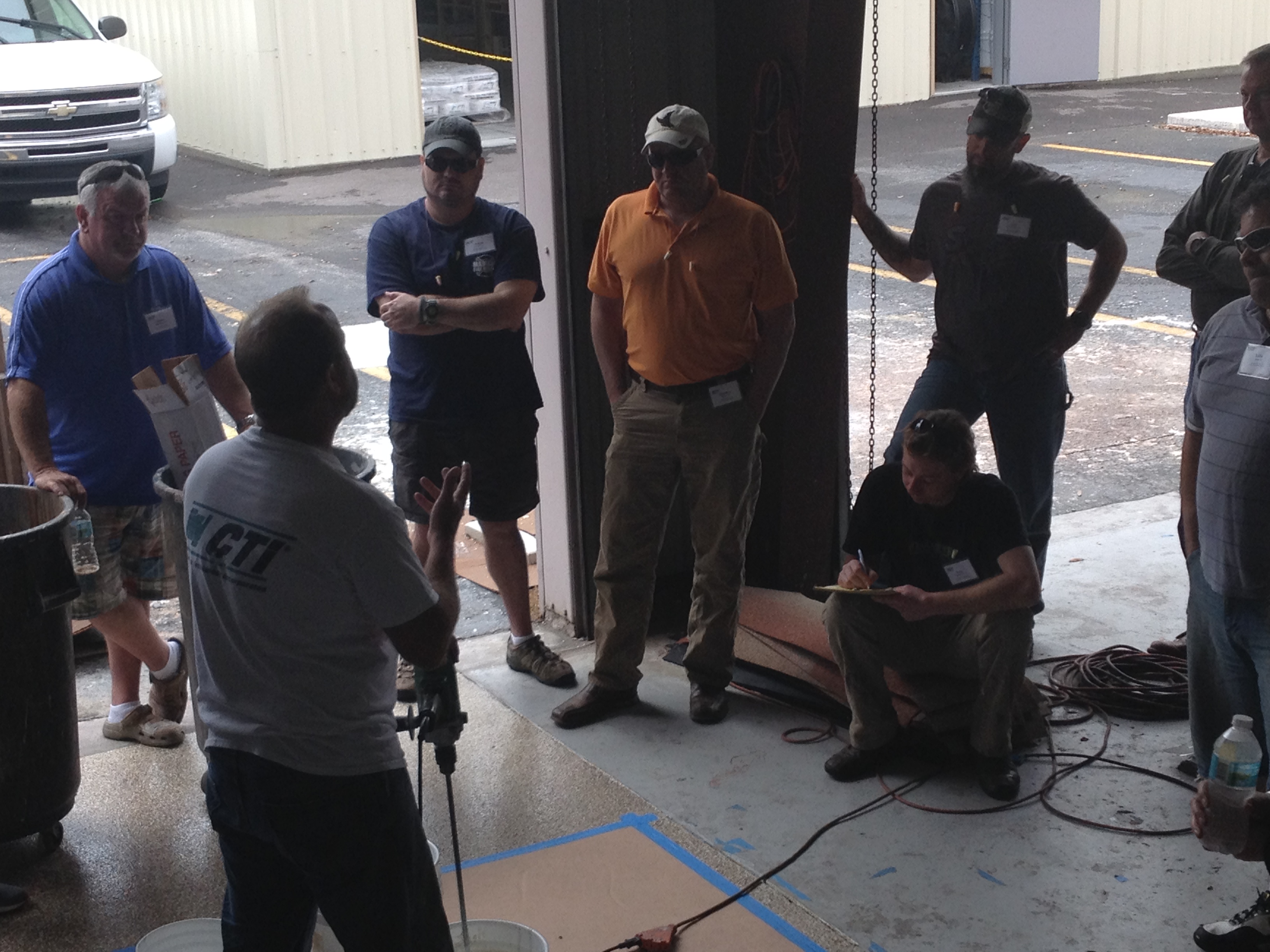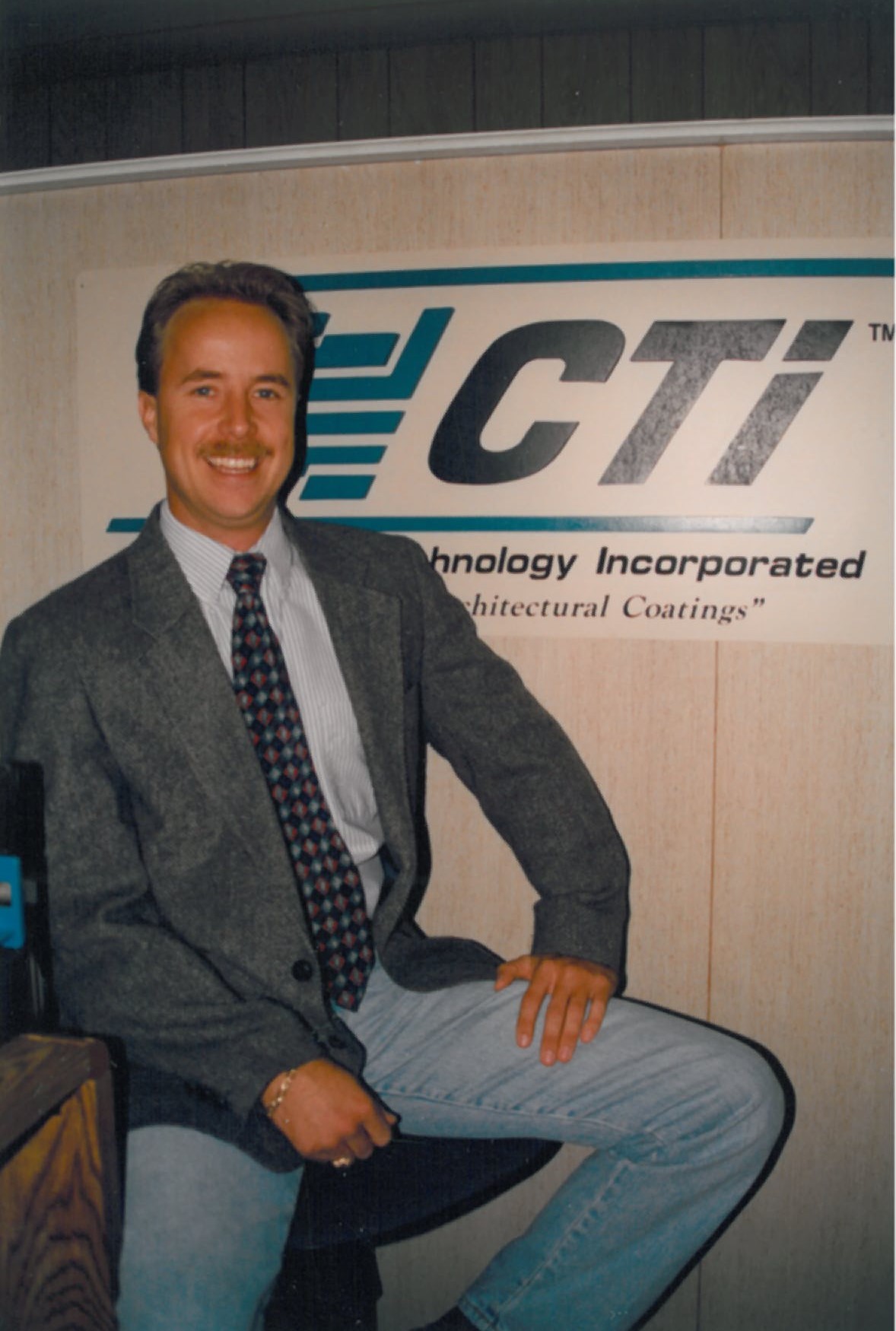We’ve been getting some terrific preliminary reports from our Dealers as they are following up on the interested prospects from their Spring Home and Garden Show:
- CTi of Rockford, IL has already secured 35 jobs from their show.
- Our Dealer in Mondovi, WI secured 16 jobs from their show
- CTi of Central Ohio secured 37 qualified leads from their show and they’re following up now.
Home shows are a great way to kickoff the Spring season. Our Dealers will keep their businesses busy for months from these shows and is a fantastic way to introduce a prospective customer to the CTi product line.
